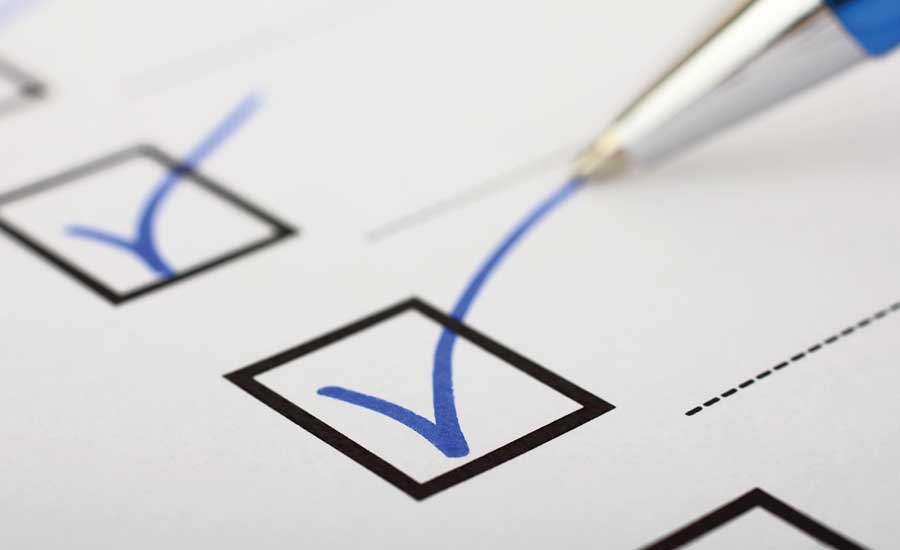Industries worldwide share at least one thing in common: whenever something doesn’t go according to plan, a breakdown in communication typically is the common denominator.
When NASA launched the NASA Mars Climate Orbiter into space in 1998, the NASA team on the ground lost communication with the spacecraft soon after takeoff because the computer software on the ground was using the standard system of pound-seconds for impulse, while the actual spacecraft was using the metric system of Newton-seconds. The spacecraft entered the Martian atmosphere too low and disintegrated before NASA could examine the Martian climate.
No industry or person is immune to miscommunication and installing sprinkler systems is no exception. Here are some of the common miscommunication points when installing a sprinkler system:
1) Get everything in order
Coordination is one of the hurdles sprinkler system contactors face when landing a new project. The coordination of scheduling the installation of mechanical, electrical, plumbing, fire protection and other systems needs to be discussed with the general contractor to confirm each trade understands the plan of when each discipline is expected to perform the contracted work.
Reviewing each trade’s proposed layout will help distinguish where pipes as well as other equipment are required to be placed for each field and prioritize the order of which systems should be installed. This helps to maximize efficiency and reduce the amount of times each trade is stepping on each other’s toes.
One method to help coordinate this effort is known as building information modeling. BIM projects, which are more common in new construction, allow the trade-specific models produced by various disciplines to be reviewed together to avoid physical conflicts in the field. While this design-intensive method requires additional work, increasing the design cost, the amount of physical problems found in the field as well as time spent in the construction phase of a project decreases and therefore so does the construction cost.
2) Set it up
The condition of the physical space in which sprinkler systems are being installed is important to discuss prior to installation. Each project is unique and the point at which the sprinkler system is scheduled to be installed needs to be analyzed. Equipment may need to be rented to assist in the installation of the sprinkler system or be positioned prior to comply with OSHA requirements to ensure worker safety. Reviewing the proposed piping material also is beneficial because one could find the use of flexible piping rather than rough piping to be a more cost-effective plan than renting an elevator, lift or other large equipment to install the sprinkler system.
3) Trust the process
The various trades on a project need to be on the same page to recognize each other’s processes in installing their respective systems and understand how one simple action could significantly impact another profession’s installation plan. Once it’s time to install the numerous systems, the required fire protection during the construction phase must be reviewed and enforced as combustible materials tend to accumulate quickly once construction begins.
BIM projects, which are more common in new construction, allow the trade-specific models produced by various disciplines to be reviewed together to avoid physical conflicts in the field.
Ensuring the adequate water supply is readily available at the start of construction, as well as maintaining a clean work environment will help reduce the common fire hazards associated with construction sites. In addition, it is important for sprinkler-system contractors to inspect the sprinkler piping for cracks prior to installation as objects can fall onto sprinkler piping while the material is located at the jobsite.
When the sprinkler system is being installed, it is critical to confirm the system is installed per the design specifications and communicate any differences. Installers will sometimes add “elbows” or adjust the piping in other ways to avoid unforeseen obstructions and these on-the-fly changes can impact the hydraulic calculations in place to protect the facility.
4) Clear a path
As mentioned above, unexpected obstructions become a headache when installing sprinkler systems. Obstructions are defined in NFPA 13: Standard for the Installation of Sprinkler Systems, as obstructions being located at the sprinkler deflector or below which can impact the sprinkler discharge pattern of the sprinkler.
Obstructions are further categorized into two areas of concern based on their distance from the sprinkler deflector. Any obstruction located within the first 18 in. of the sprinkler deflector can prevent the proper sprinkler discharge pattern from developing. Common obstructions in this area include piping, light fixtures, truss webs or building columns. Obstructions located 18 in. from the sprinkler deflector and below can prevent the sprinkler discharge from reaching the hazard. Obstructions in this region typically include overhead doors, ceiling fans, ducts or decks. When these obstructions reach a certain dimension, additional sprinklers may be required below the obstruction to comply with NFPA 13. This is one of the many reasons trades working on a project need to continuously communicate and coordinate throughout their work.
5) Don’t cover up
Lastly, once the sprinkler systems are installed, caution needs to be taken to ensure equipment is not hung on sprinkler-system piping and sprinkler heads are not painted over. Painting over sprinkler heads is a common problem that is too often found on construction sites. Painting of sprinklers can slow the thermal response, causing the sprinkler to malfunction. Only the sprinkler manufacturer is permitted to paint sprinklers in accordance with NFPA 13.
Communication across all trades is critical during all phases of a construction project. Even if your project doesn’t seem like a rocket launch, communication can be the difference between success and failure.


